Table of Contents
Let's be honest, you've probably had your share of sad, dry meatballs. Maybe they tasted like cardboard, or perhaps they just fell apart the moment you looked at them. It's a common kitchen woe, chasing that perfect, tender orb of meaty goodness swimming in rich, simmering sauce. You've tried recipes, tweaked things, maybe even muttered curses under your breath over a crumbly batch. The search for that truly satisfying bite, the kind Nonna *actually* made (or the kind you imagine she made), can feel endless.
Why This is the Best Italian Meatball Recipe Cooked in Sauce
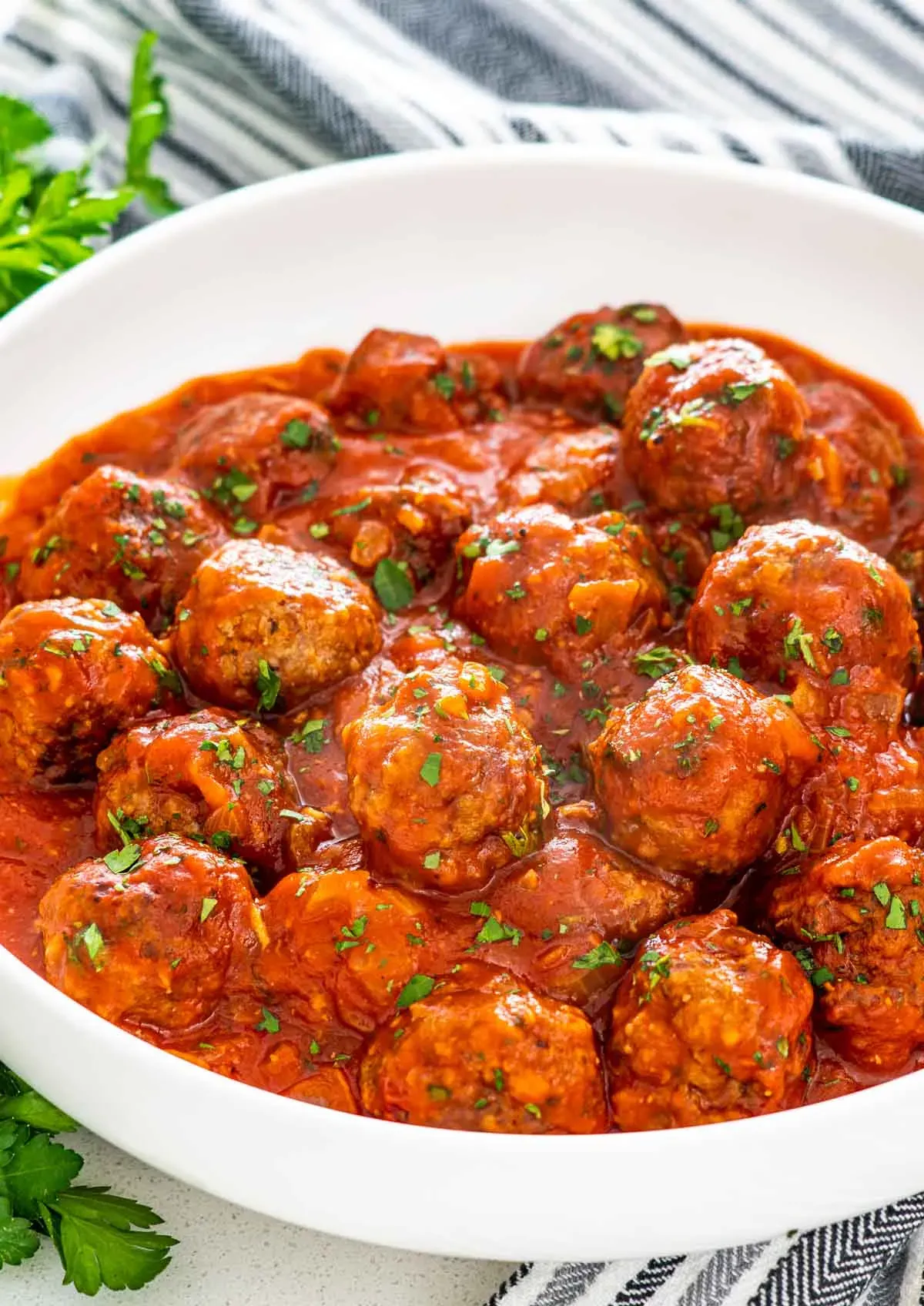
Why This is the Best Italian Meatball Recipe Cooked in Sauce
Look, we’ve all been there. You follow a recipe promising "tender" meatballs, only to pull out dense little rocks. This isn't rocket science, but it does require knowing a few things the average recipe skips. The reason this stands out as the best italian meatball recipe cooked in sauce comes down to a few non-negotiable points: the mix of meats for texture and flavor depth, the binder that keeps them moist without turning them into mush, and the crucial step of finishing them in the sauce. It’s not about throwing ingredients into a bowl and hoping for the best; it’s a deliberate process that ensures each meatball stays ridiculously juicy, absorbing all that rich tomato goodness as it simmers. We're talking about meatballs that practically melt in your mouth, not ones you need a steak knife for.
Gathering Ingredients for Your Tender, Juicy Meatballs
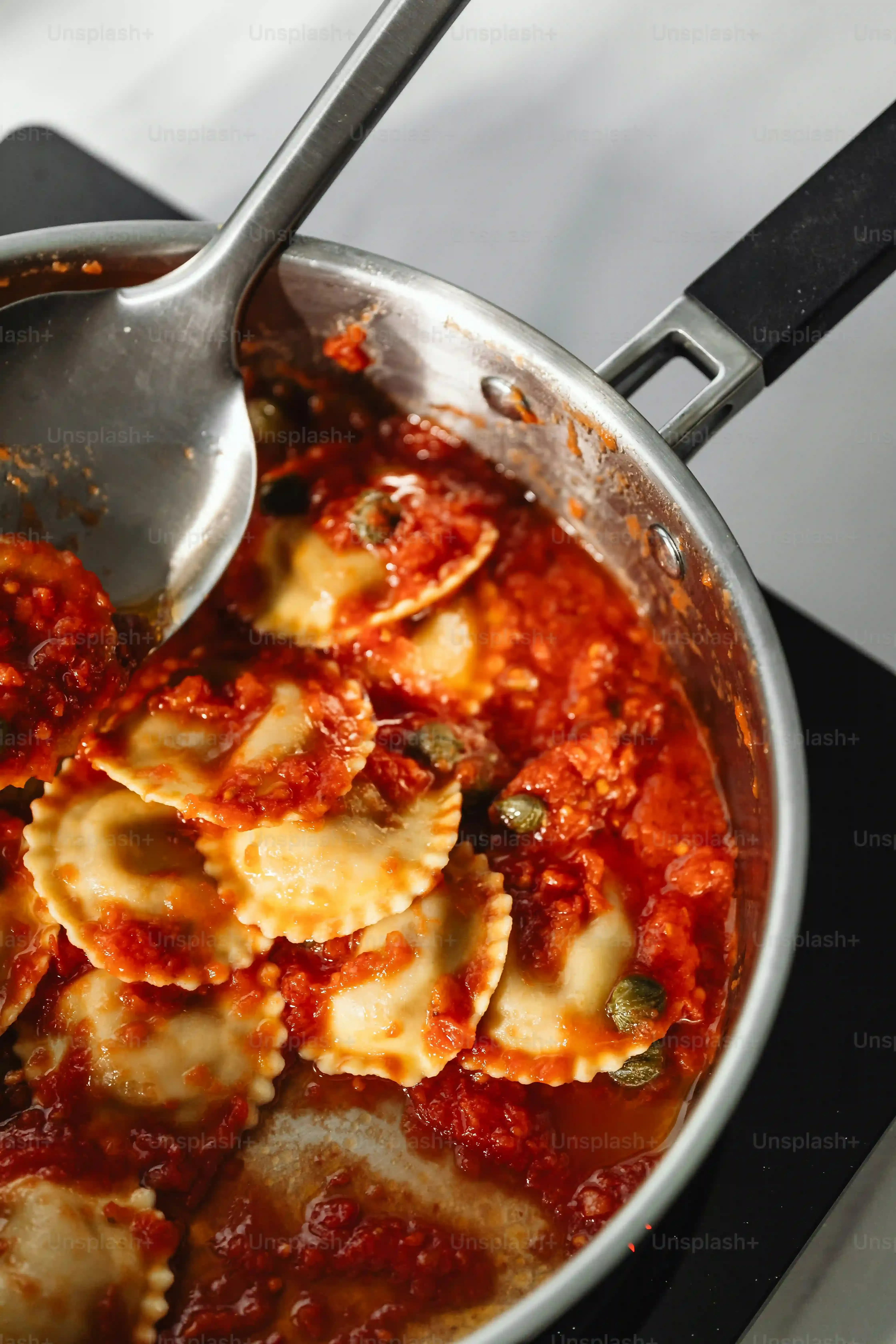
Gathering Ingredients for Your Tender, Juicy Meatballs
The Meat Matters: Choosing Your Blend for Success
Alright, let's talk meat. This is where a lot of recipes go sideways. You don't just grab a pound of lean ground beef and call it a day. That's a recipe for dry, sad meatballs. For the best italian meatball recipe cooked in sauce, you need a blend. My go-to is typically a mix of ground beef (something with a decent fat content, like 80/20), ground pork, and sometimes ground veal if I'm feeling fancy or want that extra tender texture. The beef provides the classic flavor base, the pork adds moisture and richness, and the veal brings an incredible tenderness. Using just one type, especially something too lean, guarantees a tough result. Think of it like building a house – you need different materials for different jobs. Lean beef is like using only flimsy drywall; you need some structural support and insulation from the pork and veal fat.
Beyond the Meat: Binders, Flavor, and Moisture Insurance
Now, for everything else that makes these meatballs sing and, crucially, *stay together* without being dense. We're talking binders – and not just any binder. Breadcrumbs are standard, but the magic touch is soaking them in milk. This creates a panade, a starchy paste that locks in moisture like nobody's business. Forget dry breadcrumbs that just absorb juice *while* cooking. The milk-soaked crumbs keep the meat tender. Then come the flavor bombs: fresh garlic, maybe some finely chopped onion or shallot cooked down gently (raw onion can make them watery), plenty of fresh parsley and basil, Pecorino Romano cheese (not Parmesan, the sharp salty bite of Pecorino is key), salt, and black pepper. Some folks add an egg or two, which helps bind but don't go overboard, or you end up with rubber balls. It's about balancing the flavors and ensuring that moisture stays put from the inside out.
- Ground Beef (80/20 fat content is good)
- Ground Pork
- Ground Veal (Optional, but recommended for tenderness)
- Fresh Breadcrumbs (Tear up stale bread, don't use dried dusty stuff)
- Milk
- Fresh Garlic
- Fresh Parsley
- Fresh Basil
- Pecorino Romano Cheese (Grated)
- Salt
- Black Pepper
- Eggs (Use sparingly, maybe one per pound of meat mix)
Mixing and Forming the Perfect Meatballs
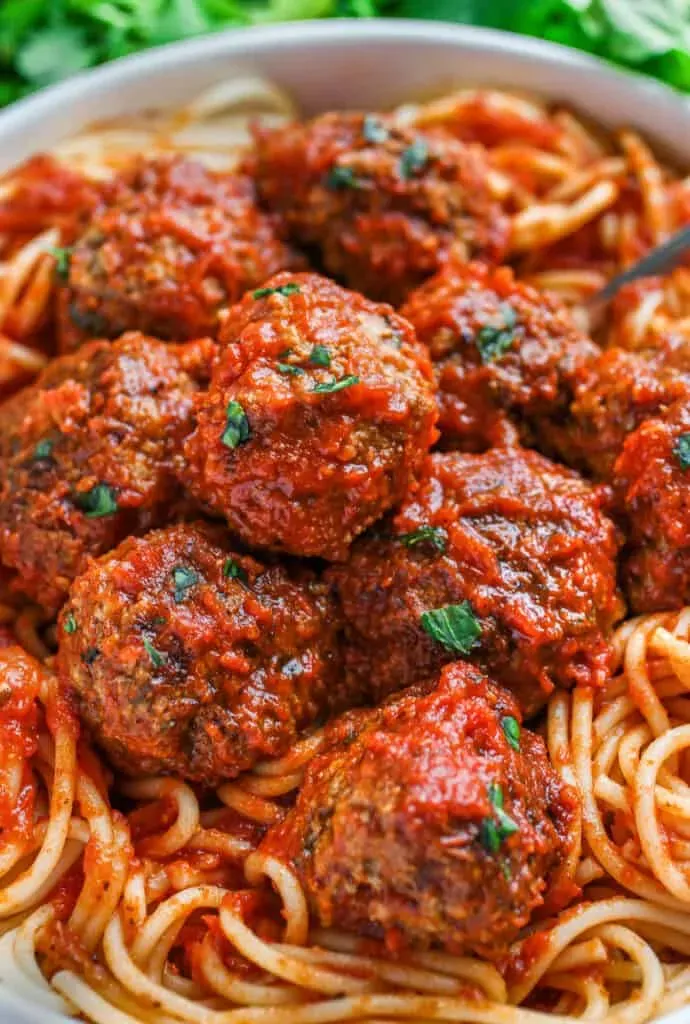
Mixing and Forming the Perfect Meatballs
The Gentle Touch: Mixing for Tenderness
you've got your beautiful pile of ingredients ready. Now comes the crucial step that separates the pros from the meatball mashers. You need to mix, but you need to mix *gently*. Overmixing is the enemy of tender meatballs. It develops the protein in the meat, making them tough and dense – basically, turning them into tiny little burgers instead of light, yielding spheres. Think of it like kneading dough; too much work makes for tough bread. You want to combine everything until it's *just* incorporated. Get your hands in there (clean ones, obviously) and mix with your fingers, lifting and folding rather than pressing and squishing. You should still see distinct bits of meat and binder; it shouldn't look like a smooth paste. This keeps air pockets in the mix, contributing to that melt-in-your-mouth texture.
Rolling Them Right: Uniformity is Key
Once your mixture is ready – and you've resisted the urge to keep fiddling with it – it's time to roll. Grab a small amount of the mixture. How much? Consistency is more important than exact size, but aim for something roughly the size of a golf ball, maybe slightly smaller if you want more meatballs or slightly larger for a heartier bite. Roll them between your palms with light pressure. You want them to be round and relatively smooth, but don't compact them too tightly. A loosely formed ball cooks more evenly and stays more tender. This isn't a competition for the densest sphere; it's about creating uniform shapes so they all cook at the same rate, both initially and when they finish in the sauce. Uneven meatballs mean some will be overcooked and dry while others are still questionable.
- Keep your hands slightly damp if the mixture is sticky.
- Use a scoop (like an ice cream scoop) for consistent size.
- Roll gently; don't pack them tight.
- Place formed meatballs on a tray or plate as you go.
- Resist the urge to add more binder if the mix feels a little loose; over-binding equals tough meatballs.
Setting the Stage: Ready for Their Simmer
With your army of perfectly (or near-perfectly) rolled meatballs lined up, you're almost ready for the next step. Some recipes tell you to brown them first in a pan or bake them. While browning can add a layer of flavor, for the absolute tenderest result in the best italian meatball recipe cooked in sauce, you can skip the initial browning and drop them directly into the simmering sauce. This allows them to cook gently from the start, absorbing the sauce's flavors and staying incredibly moist. If you *must* brown them (maybe for aesthetics or a slightly different texture), do it quickly over medium-high heat just until they get a little color, then transfer them immediately to the sauce. Don't cook them through at this stage; the sauce does the heavy lifting.
The Magic Happens: Cooking Your Best Italian Meatball Recipe in Sauce
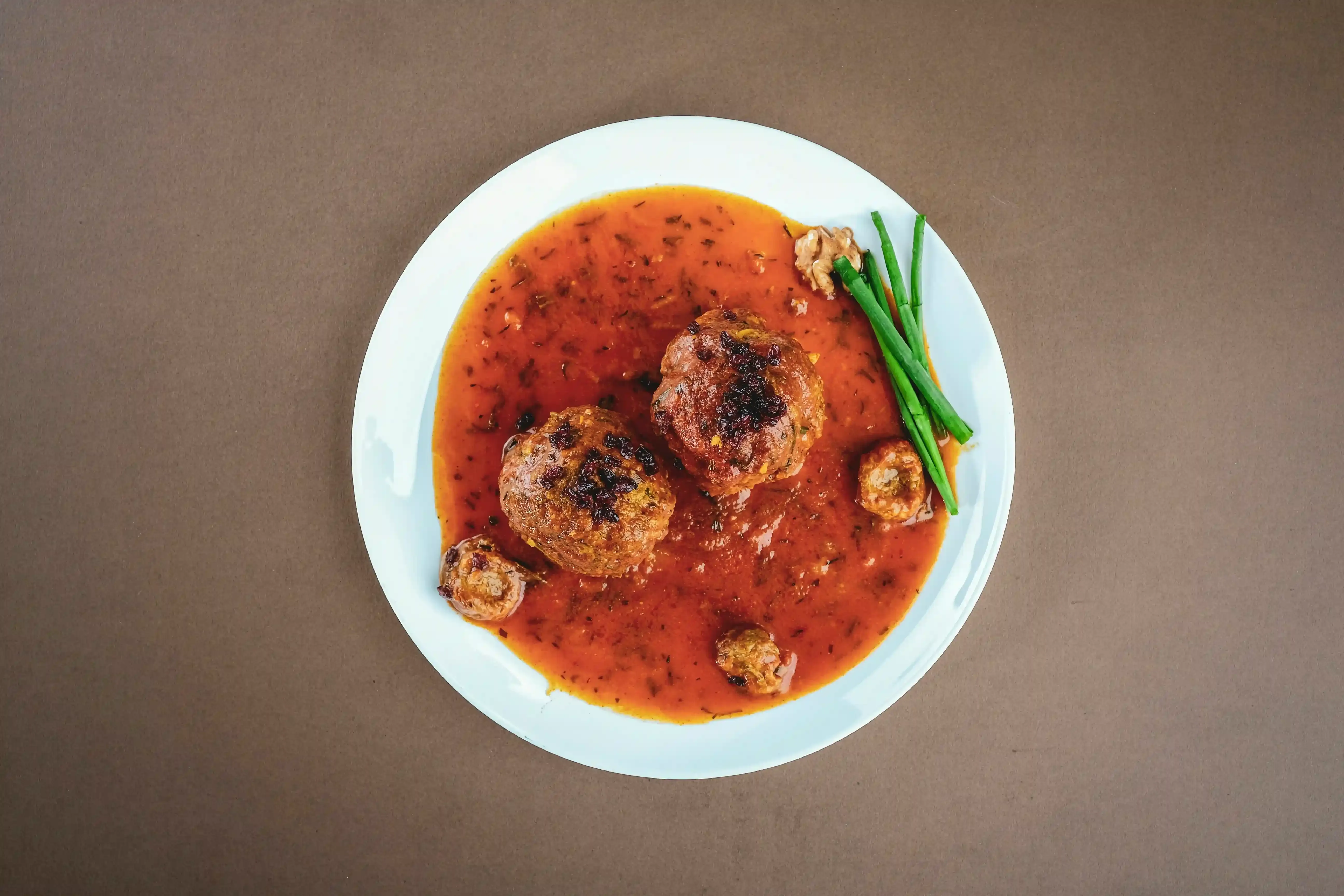
The Magic Happens: Cooking Your Best Italian Meatball Recipe in Sauce
Setting the Scene: A Simmering Sauce Base
you've got your beautifully formed meatballs waiting in the wings. Now, the stage needs to be set – and that means a killer sauce. This isn't some quick, watery stuff from a jar. For the best italian meatball recipe cooked in sauce, you need a sauce that's had a little time to develop flavor. Start with good quality crushed tomatoes (San Marzanos are the gold standard for a reason), sautéed garlic and maybe some onion in olive oil until fragrant, not burnt. Add your tomatoes, a splash of red wine if you like, some dried oregano, a pinch of red pepper flakes for a little warmth, and salt and pepper. Let this simmer gently for at least 20-30 minutes *before* the meatballs even hit the pot. This initial simmer wakes up the flavors and creates a welcoming bath for your meat spheres. A good sauce is the foundation; don't rush it.
The Gentle Introduction: Adding Meatballs to the Pot
Your sauce is bubbling gently, smelling like pure comfort. It's time for the stars of the show to make their entrance. Carefully, and I mean *carefully*, nestle each meatball into the simmering sauce. Don't just dump them in; you don't want to splash hot sauce everywhere or break the delicate shape you just created. They should be mostly submerged. Once they're all in, resist the urge to stir vigorously. Just give the pot a gentle shake or use a spoon to nudge them around slightly to ensure they're all coated and submerged. Turn the heat down to low. You want the sauce to maintain a gentle simmer, not a rolling boil. This is where the magic really begins, transforming simple ingredients into the best italian meatball recipe cooked in sauce you've ever made.
- Use a heavy-bottomed pot; it distributes heat more evenly.
- Ensure meatballs are mostly submerged in sauce.
- Keep the heat on low for a gentle simmer.
- Avoid stirring vigorously; nudge the pot instead.
- Lid the pot slightly ajar to prevent splattering while still allowing steam release.
Low and Slow: The Key to Tenderizing
Here's the secret sauce for tender meatballs: time and patience. Once your meatballs are in the simmering sauce, you're not just cooking them through; you're braising them. This low and slow method, typically for at least 1-2 hours (and honestly, longer is often better if you have the time), is what makes them incredibly tender and infuses them with the deep flavor of the tomato sauce. As they simmer, the connective tissues in the meat break down, and the meatballs absorb the liquid, staying moist from the inside out. This is why skipping the initial browning and going straight into the sauce works so well for tenderness. They finish cooking *in* the flavor. You'll know they're ready when they're cooked through (cut one open to check if you're unsure – it shouldn't be pink inside) and have swollen slightly, plump with that delicious sauce. This extended simmer is non-negotiable for achieving the best italian meatball recipe cooked in sauce.
Serving Your Delicious Italian Meatballs and Sauce
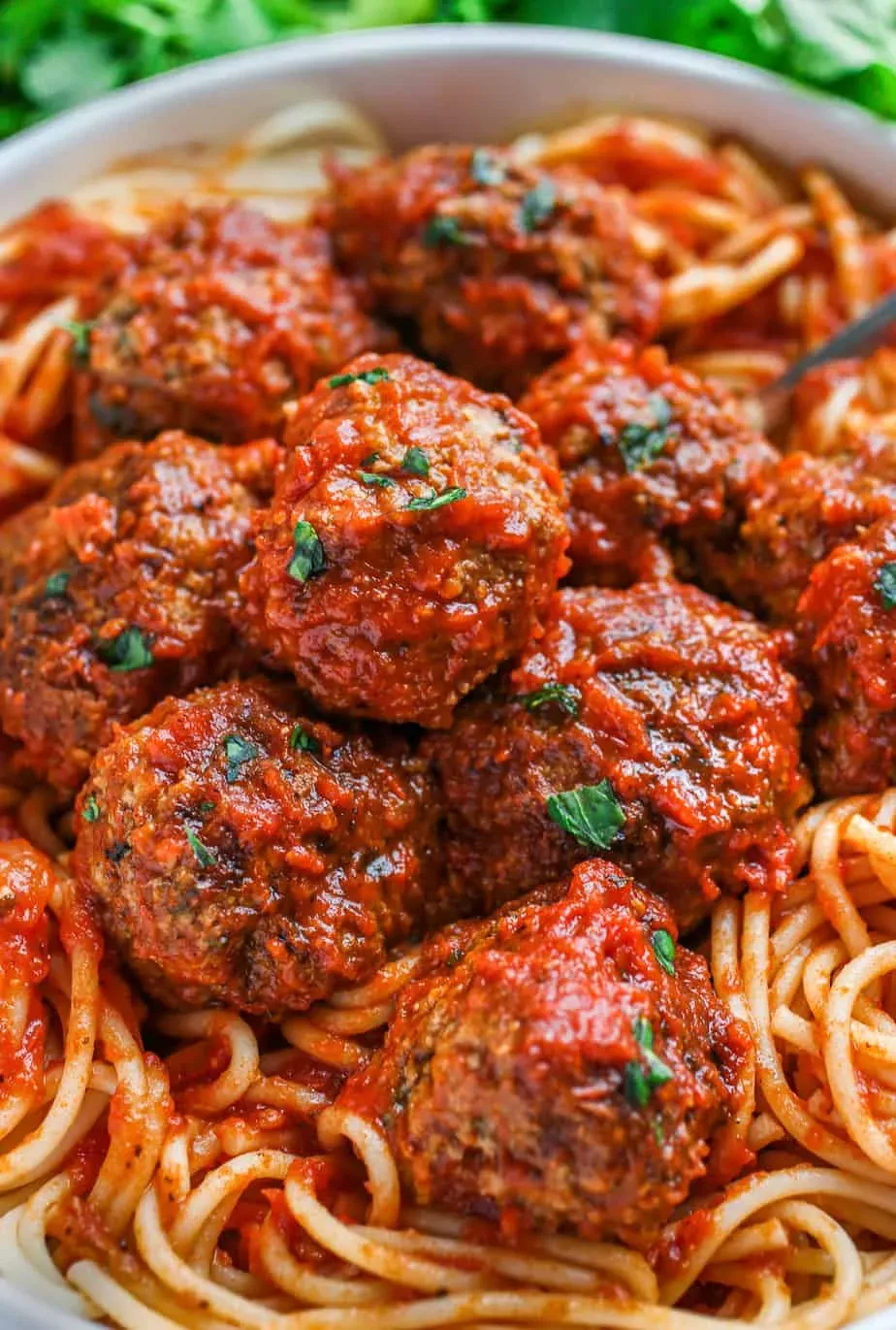
Serving Your Delicious Italian Meatballs and Sauce
The Classic Pairing: Pasta Perfection
Alright, you've put in the work, you've waited patiently as those beautiful meatballs simmered, absorbing all that saucy goodness. Now comes the payoff: serving them. The most classic way, of course, is over a bed of pasta. Think sturdy shapes that can hold onto the sauce and meatballs – rigatoni, ziti, or even simple spaghetti or linguine work wonderfully. Cook your pasta *al dente*, meaning it still has a little bite to it. Nobody wants mushy pasta drowning your masterpiece. Drain it well, then immediately toss it with a generous ladleful of the sauce *before* adding the meatballs. This coats every strand and prevents that sad, dry pasta situation under a pile of saucy meatballs. Then, gently place a few of your glorious meatballs on top. Don't bury them entirely; let them show off their plump, sauce-soaked glory.
Beyond the Bowl: Other Ways to Enjoy
While pasta is the go-to, don't limit yourself. These aren't just pasta accessories; they're the main event. The meatballs from this best italian meatball recipe cooked in sauce are versatile. Think about a meatball sub – slice open a crusty roll, pile in the meatballs and sauce, maybe add a slice of provolone or mozzarella and run it under the broiler until bubbly. Or serve them as an appetizer, maybe three small ones per person, in a little dish with some toothpicks. They're fantastic over creamy polenta, which provides a soft, comforting base. Some folks even serve them simply with crusty bread for dipping into the sauce. Get creative; if it pairs well with rich tomato sauce and tender meat, it's probably a winner.
- Over pasta (rigatoni, ziti, spaghetti)
- In a meatball sub with melted cheese
- As an appetizer
- Over creamy polenta
- With crusty bread for dipping
- On top of gnocchi
Finishing Touches: Garnishes That Elevate
You've plated your masterpiece, but you're not quite done. A few simple garnishes can take your serving from great to "wow, where did you learn to cook?" A sprinkle of freshly grated Pecorino Romano cheese is non-negotiable; its sharp, salty bite cuts through the richness of the sauce and meat. Don't use that pre-shredded stuff in a can; it tastes like sadness. Chop up some fresh basil or parsley and scatter it over the top for a pop of color and fresh flavor. A drizzle of good quality extra virgin olive oil over the finished dish adds a luxurious touch. These small additions aren't just for looks; they add layers of flavor that complement the deep, slow-cooked taste of your best italian meatball recipe cooked in sauce.
Your New Go-To Italian Meatball Recipe
So there you have it. No more guessing, no more dry disappointments. You've got the blueprint for the best italian meatball recipe cooked in sauce right in your hands. The magic really is in that final simmer, letting those flavors meld and the meatballs absorb all that saucy goodness. You've earned the right to a plate piled high with tender meatballs, dripping with rich red sauce. Go ahead, make a batch, and maybe finally impress that one relative who thinks their meatballs are the only ones worth eating. Good luck.